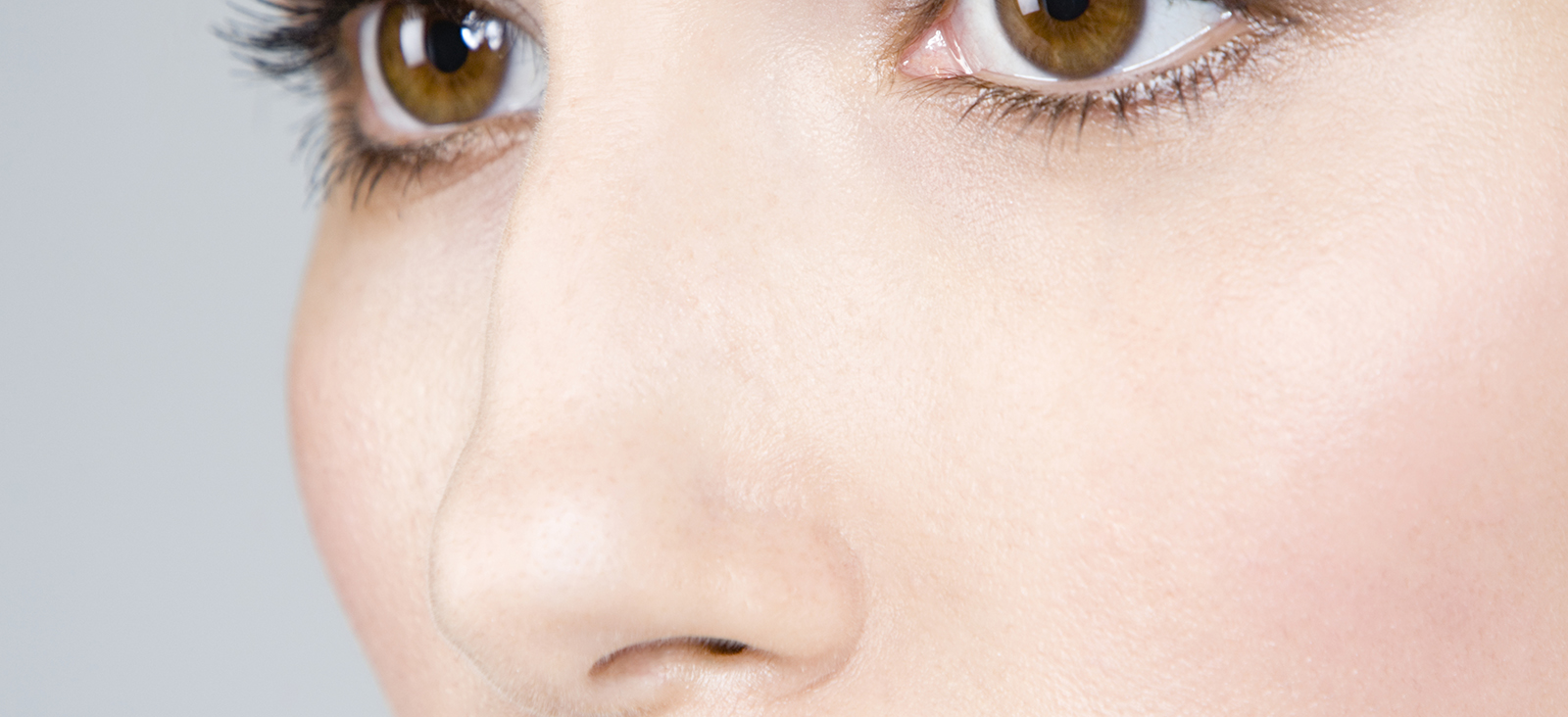What Can Patients Expect with a Septoplasty?
Before a Septoplasty
Patients meet with their surgeon for a thorough evaluation, which may include:
- Nasal endoscopy, a diagnostic procedure where a thin, flexible tube with a light and camera is inserted into the nasal passages
- Imaging, such as computed tomography (CT) scans or X-rays
The surgeon’s preoperative instructions will include guidelines on fasting and medication adjustments.
During a Septoplasty
Septoplasty is an outpatient procedure, and patients can go home the same day. In the first step, our surgeons discuss anesthesia options with patients to provide comfort during the procedure.
Anesthesia options include:
- General anesthesia: This option involves putting patients into a deep sleep so they remain unconscious and pain-free during the procedure.
- Sedation: A milder alternative to general anesthesia, sedation helps patients relax and minimizes discomfort while keeping them partially conscious or in a lightly unconscious state.
In the second step, the surgeon makes small incisions within the nasal cavity and sometimes across the tissue that separates the nostrils to access the septum. The surgeon then:
- Carefully lifts the mucous membrane (lining of the nose), which protects the surface of the septum, away from the septum
- Removes or straightens and repositions the septum
- Removes any excess bone or cartilage that might be blocking the nasal airway
- Replaces the mucous membrane around the septum and sutures it in place
In the final step, the surgeon closes the incisions using sutures. We might also insert soft silicone splints inside each nostril to support the septum or place packing to prevent bleeding. These structures are removed within a day or two after the procedure.
After a Septoplasty
Patients are monitored as anesthesia wears off and can typically go home the same day.
Recovery involves managing mild swelling, bleeding, and discomfort, similar to sinus infection symptoms. Patients can expect to receive medication to relieve pain or reduce the risk of infection for a few days after the procedure.




